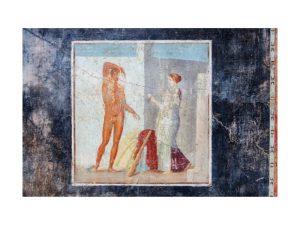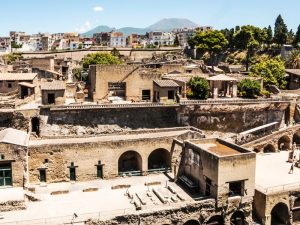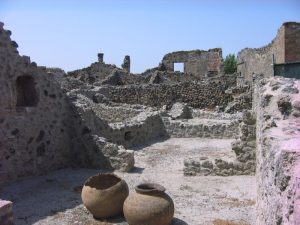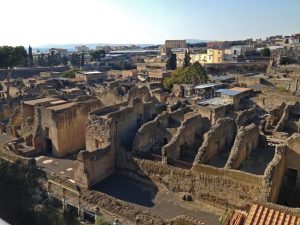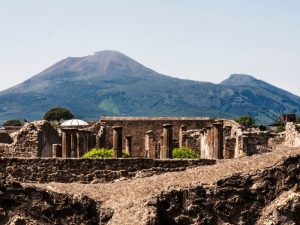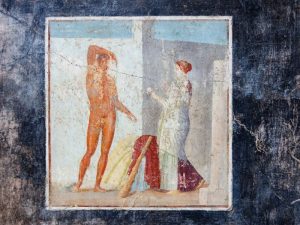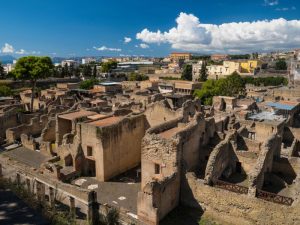
Ancient Herculaneum Location: A Coastal Jewel Beneath Vesuvius
Where Land, Sea, and History Met Before disaster struck in AD 79, Herculaneum thrived as a small but wealthy town on the Bay of Naples. Geography was its greatest ally. The Ancient Herculaneum location brought together fertile fields, a secure

